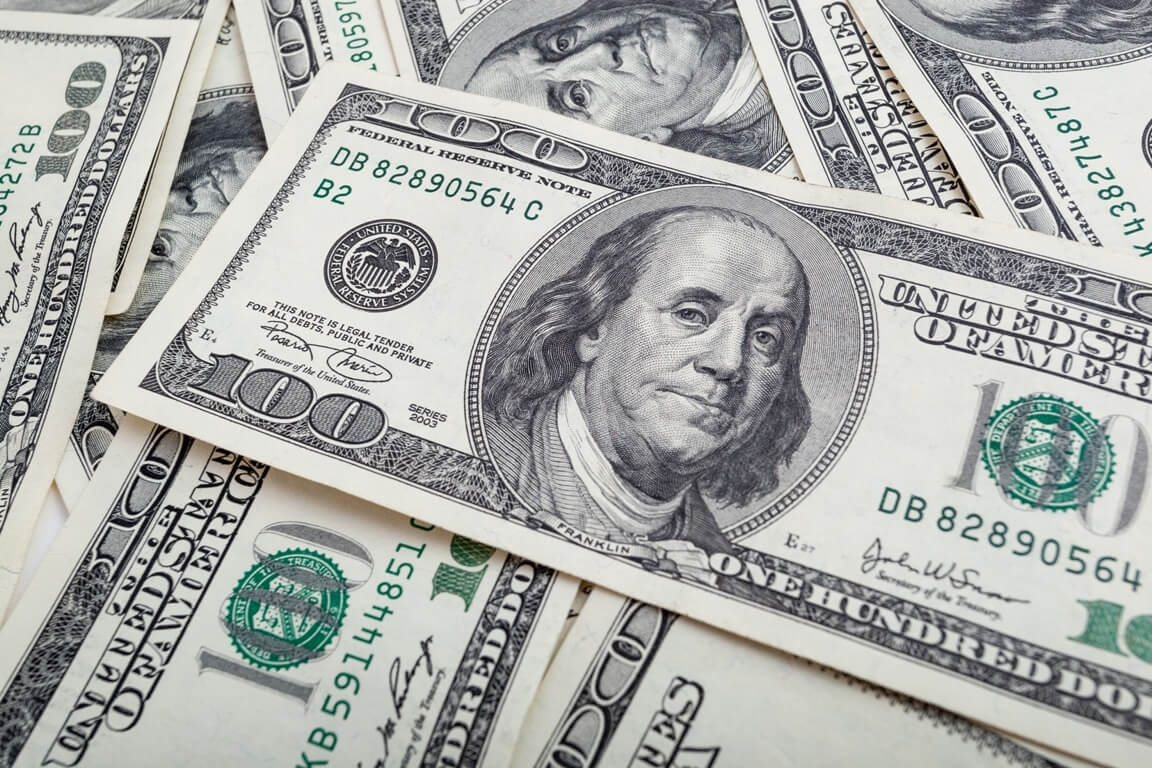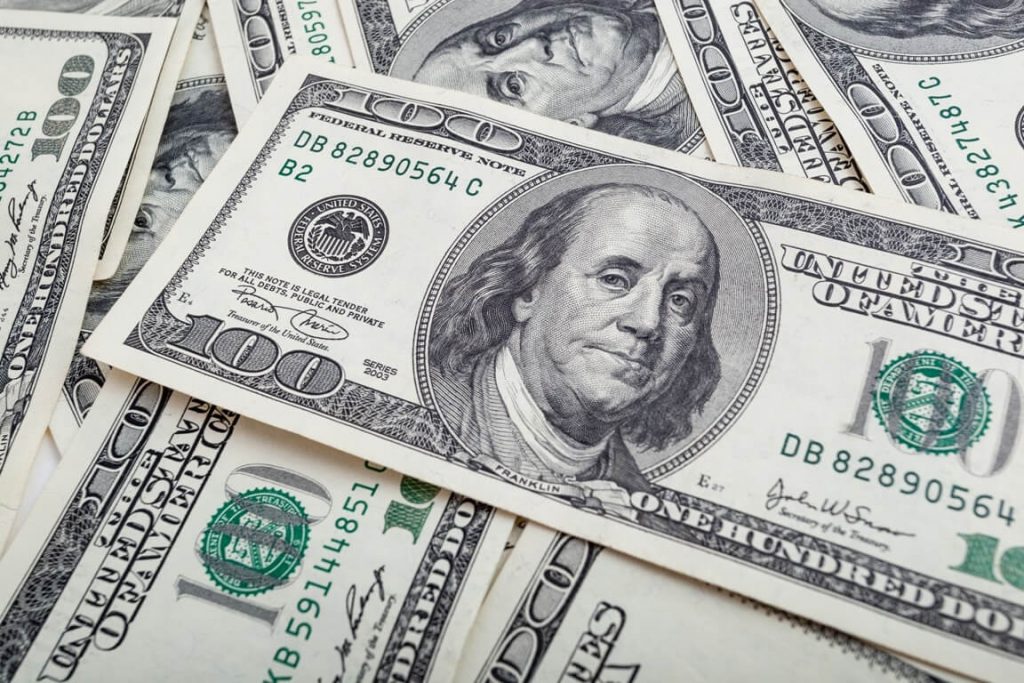
Dollar edges higher
The US dollar rose higher in early European trade Friday, trading at a two-year high and supported by the Federal Reserve’s likely rate hikes.
The Dollar Index, which measures the value of the US dollar against a basket of six other currencies, was 0.2 percent higher at 99.920, its highest level since May 2020.
The index is up 1.2 percent this week, following the release of the Fed’s March meeting minutes, which revealed that “many” participants were willing to raise interest rates in 50-basis-point increments in the coming months to combat inflation.
On Monday, the US blocked Russia from paying its sovereign debt holders more than $600 million from frozen funds at US banks. Moscow was obliged to choose between defaulting and depleting its foreign exchange reserves.
Russia had not defaulted on its foreign debt since the 1917 Bolshevik Revolution when it reneged on payments due. However, its links have resurfaced as a source of contention in the diplomatic crisis. Moscow made foreign currency coupon payments on 15 of its international bonds, totaling nearly $40 billion in face value. The United States halted these transactions.
Even though sanctions have blocked nearly half of Russia’s $640 billion in foreign currency and gold reserves, the country still earns billions from petroleum and gas exports.
On Wednesday, Russia’s finance ministry stated that it would pay roubles to holders of Eurobonds denominated in dollars slated to mature in 2022 and 2042. It was due to the refusal of a foreign bank to pay $649 million to holders of government debt. Investors may also be able to buy Russian debt default insurance policies, known as credit default swaps (CDS), to cover Russian debt default. According to JP Morgan, there are around $6 billion in outstanding CDS that must be paid out.
On Thursday, Russia paid the coupon on four OFZ Treasury rouble bonds. Because of their high yields, these bonds were previously quite popular among overseas investors. However, due to Russian sanctions, they are no longer eligible for payouts.
Currencies
The EUR/USD slid 0.2 percent to 1.0855, a fresh one-month low, after the European Union agreed to an embargo on Russian coal beginning in August as retribution for alleged atrocities committed by Russian soldiers against Ukrainian people, which Moscow denies.
Fears of a new Russian offensive in eastern Ukraine are mounting, with Ukraine’s Foreign Minister Dmytro Kuleba calling on Western countries to help his country with more modern weapons during a meeting with NATO peers in Brussels on Thursday.
The European Central Bank’s March meeting accounts revealed policymakers eager to withdraw stimulus. Still, the threat of a euro-area recession after Russia’s invasion could yet prompt the central bank to stop.
The USD/JPY climbed 0.1 percent to 124.09, reaching its highest level in over a week and closing in on last month’s near seven-year high of 125.10.
GBP/USD lost 0.2 percent to 1.3043, AUD/USD dipped to 0.7477, and USD/CNY rose to 6.3626.


